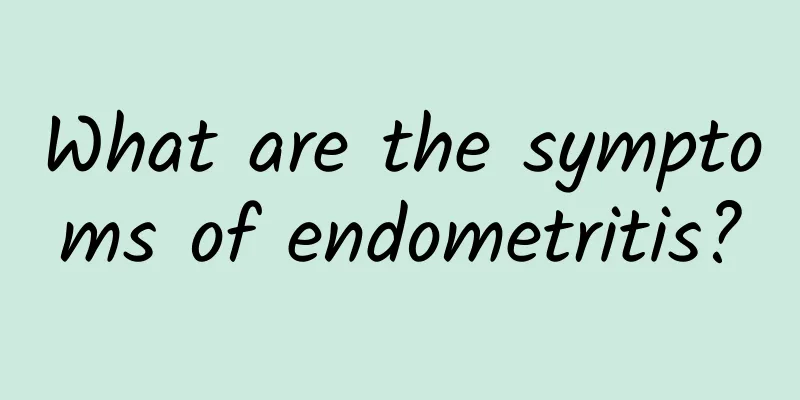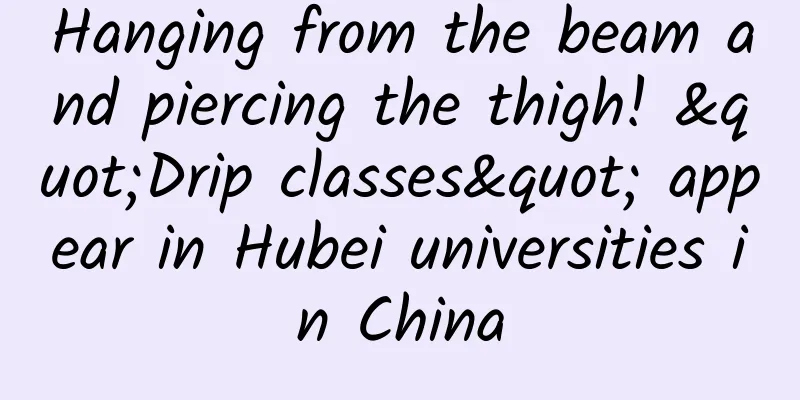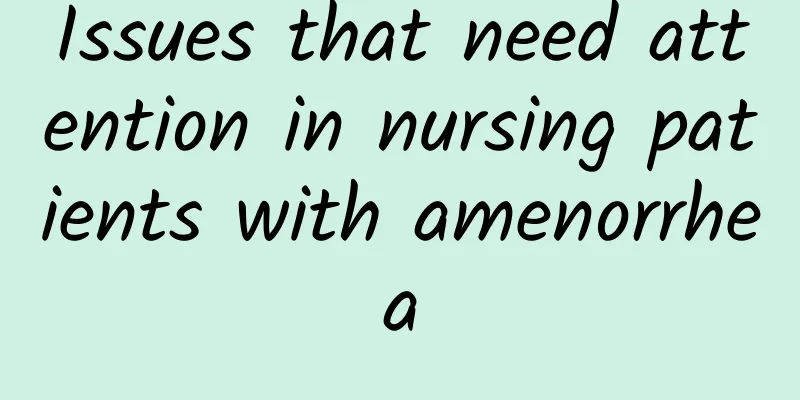How does the hospital treat endometrial tuberculosis?

|
How does the hospital treat endometrial tuberculosis? This is a question raised by many patients and friends. So we ask experts to tell you about the treatment methods of this disease here, hoping to bring you convenience. This disease is a common gynecological disease, and its treatment is very critical. Only by understanding its treatment methods can the disease be cured. 1. Anti-tuberculosis treatment At present, anti-tuberculosis treatment adopts short-term combination drug therapy, which shortens the medication time, reduces the medication dosage, alleviates the toxic reactions of drugs, and is easier for patients to accept. When using the medication, it is necessary to pay attention to the fact that anti-tuberculosis drugs may cause toxic reactions in some patients, such as nerve damage, liver and kidney function damage (including jaundice), and make appropriate treatment according to the specific situation of the patient. 2. Surgery (1) Indications for surgery ① The symptoms of tubo-ovarian abscess subsided after drug treatment, but the mass did not disappear, and the patient felt that the symptoms recurred. ② Patients with ineffective drug treatment and tuberculous abscesses. ③ Patients with large encapsulated effusions. ④ Patients with extensive endometrial destruction and ineffective anti-tuberculosis drug treatment. ⑤ Patients with tuberculous peritonitis and ascites. Surgical treatment combined with drug treatment is beneficial to the recovery of peritoneal tuberculosis. (2) Surgical method: If the patient requests to preserve fertility, the uterus can be preserved if the endometrial tuberculosis lesions have healed. For patients whose fallopian tubes and ovaries have formed large masses and cannot be separated, hysterectomy can be performed. (3) Scope of surgery The scope of surgery should be determined based on age and the extent of the lesion. Since most patients are women of childbearing age, when surgery is necessary, consideration should also be given to preserving the patient's ovarian function. (4) Special circumstances: Adhesions caused by pelvic tuberculosis are often extremely extensive and dense, making surgical separation difficult. If forced, it may cause unnecessary damage. In such circumstances, the surgeon should stop the operation immediately and perform anti-tuberculosis treatment for 3 to 6 months after the operation. A second operation may be performed if necessary. |
<<: Common methods of treating endometrial tuberculosis in hospitals
>>: How to treat endometrial tuberculosis in regular hospitals
Recommend
It is best to have an abortion when the fetus has not yet formed.
It is best to have an abortion before the fetus i...
Effect of focused ultrasound in treating cervical erosion
Women with cervical erosion need to receive appro...
What are the ways to prevent miscarriage?
What are the ways to prevent miscarriage? There a...
What are the precautions after acupuncture for irregular menstruation? Strengthen nursing work
Things to note after acupuncture for irregular me...
What are the best ways to detect bacterial vaginosis?
What are the items to be checked for bacterial va...
What causes ectopic pregnancy?
Ectopic pregnancy, also known as ectopic pregnanc...
Best hospital for the treatment of pelvic peritonitis
Pelvic peritonitis brings a lot of trouble and di...
The occurrence of ectopic pregnancy is related to repeated abortions in women
In our lives, if women do not pay attention to th...
What are the typical triggering factors of ovarian cysts?
There is a very common gynecological disease, tha...
How many years does it take for a girl's menstruation to become regular?
It usually takes 5 to 7 years for a girl's me...
What are the precautions for medical abortion and how to recuperate after it?
Medical abortion is an artificial abortion in the...
Experts introduce the common groups prone to ectopic pregnancy
Ectopic pregnancy is a common gynecological disea...
Precautions for patients with severe cervical erosion after physical therapy
Severe cervical erosion is very harmful to women....
Develop a physique that is easy to lose weight! Learn 6 good habits to lose weight
Jim Karas, an authoritative American nutrition ex...
Does cervical erosion have a slight impact on pregnancy?
Does cervical erosion have a slight impact on pre...









